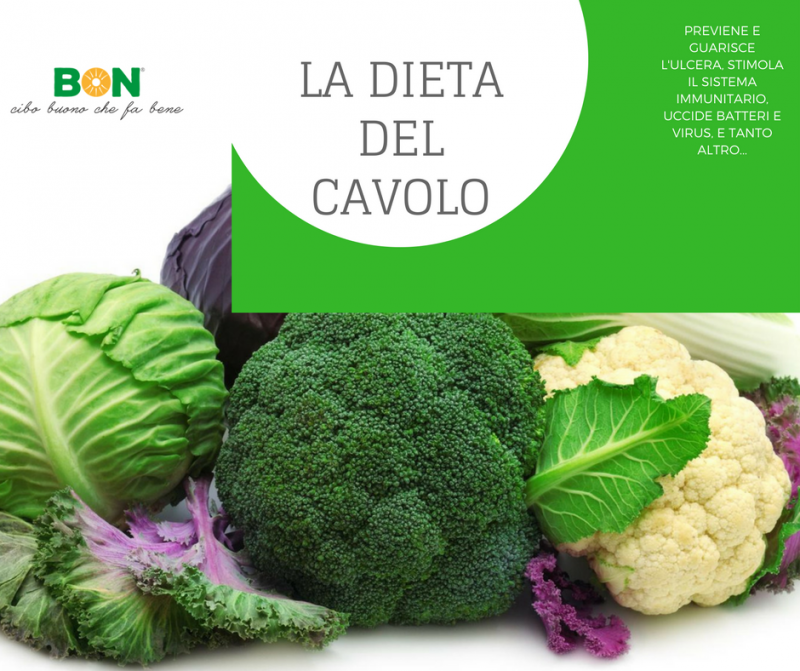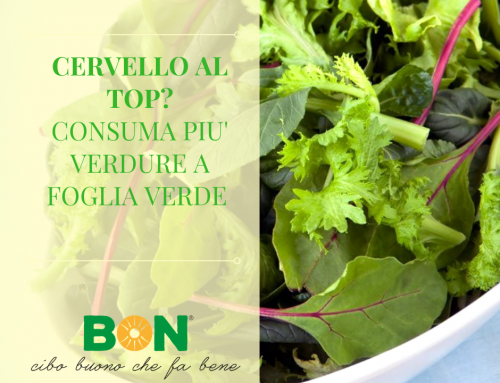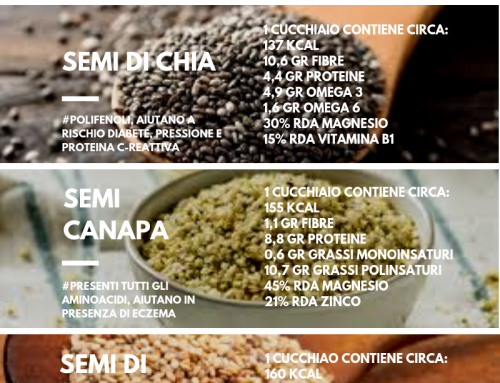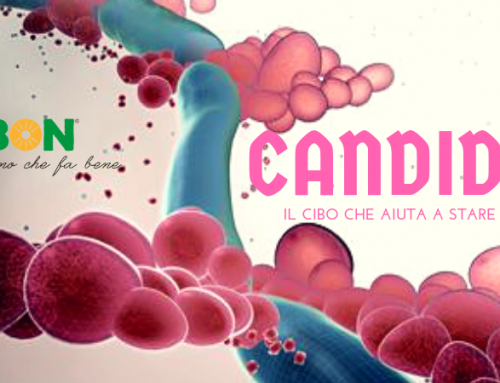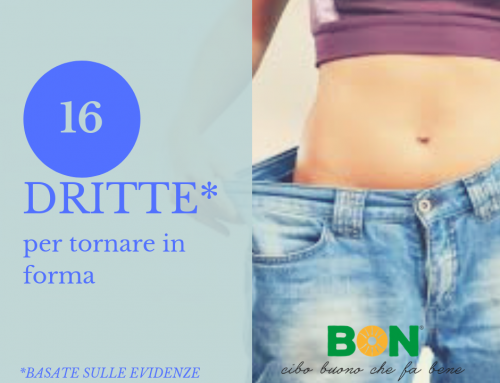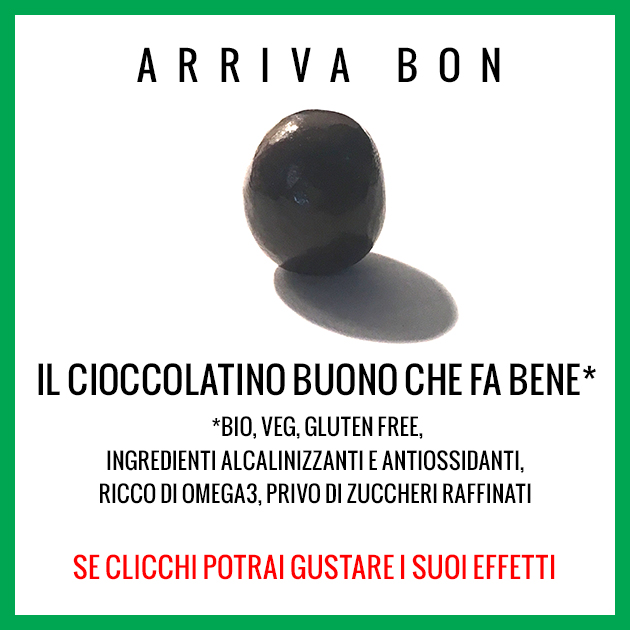Nell’antica Roma il cavolo veniva considerato una panacea, lo stesso Catone ne suggeriva l’utilizzo per favorire la guarigione delle ferite. Sembra che venissero utilizzati cavoli per guarire qualsiasi tipo di malattia.
In epoca moderna, dei numerosi studi mirati ad individuare gli alimenti con proprietà antitumorali più efficaci nell’uomo, il cavolo ha dimostrato possedere incredibili effetti protettivi.
Consumare il cavolo crudo, cotto o sotto forma di crauti una volta alla settimana può ridurre del 66% la probabilità di cancro del colon. Sembra esserci quindi un fenomeno dose-risposta, e il cavolo rosso, ricco di antocianine, sembra avere effetti ancora più marcati.
I primi risultati ottenuti sull’uomo risalgono agli anni ’70, il dottor Lee Wattenberg isolò alcune sostanze definite indoli che erano in grado di bloccare la formazione del cancro negli animali.
Il cavolo e i suoi stessi cucini, cavolini di Bruxelles, broccoli, cavolfiore, sembrano essere capaci di proteggere le cellule dagli attacchi iniziali che danno luogo poi al cancro pienamente manifesto.
La famiglia delle crocifere, di cui il cavolo è il membro più famoso, comprende numerosi agenti tumorali, agli indoli, si affianca l’azione della clorofilla, di alcuni flavonoidi, degli isotiacianati, degli acidi fenolici e delle vitamine E e C.
LEGGI ANCHE
BENZENE -61% SE MANGI BROCCOLI TUTTI I GIORNI
5 CIBI SUPER PER POTENZIARE LE DIFESE IMMUNITARIE
I CIBI PER DIFENDERCI DALL’INQUINAMENTO DELL’ARIA
VIRUS E BATTERI? NON HANNO SCAMPO
Il consumo regolare di cavolo risulta essere particolarmente efficace per prevenire l’influenza. Questo straordinario ortaggio stimola la produzione e la reattività del sistema immunitario nei confronti di virus e batteri, non solo, sembra che il loro consumo, aiuti a metabolizzare più in fretta alcuni farmaci, come ad esempio il paracetamolo.
- Hayes JD, Kelleher MO, Eggleston IM. The cancer chemopreventive actions of phytochemicals derived from glucosinolates. European Journal of Nutrition 2008;47 Suppl 2:73-88.
- Hecht SS. Inhibition of carcinogenesis by isothiocyanates. Drug Metabolism Reviews2000;32(3-4):395-411.
- Murillo G, Mehta RG. Cruciferous vegetables and cancer prevention. Nutrition and Cancer 2001;41(1-2):17-28.
- Schuurman AG, Goldbohm RA, Dorant E, van den Brandt PA. Vegetable and fruit consumption and prostate cancer risk: a cohort study in The Netherlands. Cancer Epidemiology, Biomarkers & Prevention 1998;7(8):673-680.
- Giovannucci E, Rimm EB, Liu Y, Stampfer MJ, Willett WC. A prospective study of cruciferous vegetables and prostate cancer. Cancer Epidemiology, Biomarkers & Prevention 2003;12(12):1403-1409.
- Key TJ, Allen N, Appleby P, et al. Fruits and vegetables and prostate cancer: no association among 1104 cases in a prospective study of 130544 men in the European Prospective Investigation into Cancer and Nutrition (EPIC). International Journal of Cancer 2004;109(1):119-124.
- Kolonel LN, Hankin JH, Whittemore AS, et al. Vegetables, fruits, legumes and prostate cancer: a multiethnic case-control study. Cancer Epidemiology, Biomarkers & Prevention2000;9(8):795-804.
- Jain MG, Hislop GT, Howe GR, Ghadirian P. Plant foods, antioxidants, and prostate cancer risk: findings from case-control studies in Canada. Nutrition and Cancer1999;34(2):173-184.
- McCullough ML, Robertson AS, Chao A, et al. A prospective study of whole grains, fruits, vegetables and colon cancer risk. Cancer Causes & Control 2003;14(10):959-970.
- Flood A, Velie EM, Chaterjee N, et al. Fruit and vegetable intakes and the risk of colorectal cancer in the Breast Cancer Detection Demonstration Project follow-up cohort. The American Journal of Clinical Nutrition 2002;75(5):936-943.
- Michels KB, Edward Giovannucci, Joshipura KJ, et al. Prospective study of fruit and vegetable consumption and incidence of colon and rectal cancers. Journal of the National Cancer Institute 2000;92(21):1740-1752.
- Voorrips LE, Goldbohm RA, van Poppel G, et al. Vegetable and fruit consumption and risks of colon and rectal cancer in a prospective cohort study: The Netherlands Cohort Study on Diet and Cancer. American Journal of Epidemiology 2000;152(11):1081-1092.
- Neuhouser ML, Patterson RE, Thornquist MD, et al. Fruits and vegetables are associated with lower lung cancer risk only in the placebo arm of the beta-carotene and retinol efficacy trial (CARET). Cancer Epidemiology, Biomarkers & Prevention2003;12(4):350-358.
- Voorrips LE, Goldbohm RA, Verhoeven DT, et al. Vegetable and fruit consumption and lung cancer risk in the Netherlands Cohort Study on diet and cancer. Cancer Causes and Control 2000;11(2):101-115.
- Chow WH, Schuman LM, McLaughlin JK, et al. A cohort study of tobacco use, diet, occupation, and lung cancer mortality. Cancer Causes and Control 1992;3(3):247-254.
- Feskanich D, Ziegler RG, Michaud DS, et al. Prospective study of fruit and vegetable consumption and risk of lung cancer among men and women. Journal of the National Cancer Institute 2000;92(22):1812-1823.
- Terry P, Wolk A, Persson I, Magnusson C. Brassica vegetables and breast cancer risk. JAMA 2001;285(23):2975-2977.
- Smith-Warner SA, Spiegelman D, Yaun SS, et al. Intake of fruits and vegetables and risk of breast cancer: a pooled analysis of cohort studies. JAMA 2001;285(6):769-776.
- Zhang S, Hunter DJ, Forman MR, et al. Dietary carotenoids and vitamins A, C, and E and risk of breast cancer. Journal of the National Cancer Institute 1999;91(6):547-556.
- Bell MC, Crowley-Nowick P, Bradlow HL, et al. Placebo-controlled trial of indole-3-carbinol in the treatment of CIN. Gynecologic Oncology 2000;78(2):123-129.
- Epplein M, Wilkens LR, Tiirikainen M, et al. Urinary isothiocyanates; glutathione S-transferase M1, T1, and P1 polymorphisms; and risk of colorectal cancer: the Multiethnic Cohort Study. Cancer Epidemiology, Biomarkers & Prevention2009;18(1):314-320.
- London SJ, Yuan JM, Chung FL, et al. Isothiocyanates, glutathione S-transferase M1 and T1 polymorphisms, and lung-cancer risk: a prospective study of men in Shanghai, China. Lancet 2000;356(9231):724-729.
- Yang G, Gao YT, Shu XO, et al. Isothiocyanate exposure, glutathione S-transferase polymorphisms, and colorectal cancer risk. American Journal of Clinical Nutrition2010;91(3):704-711.


